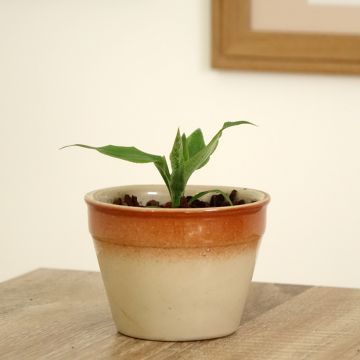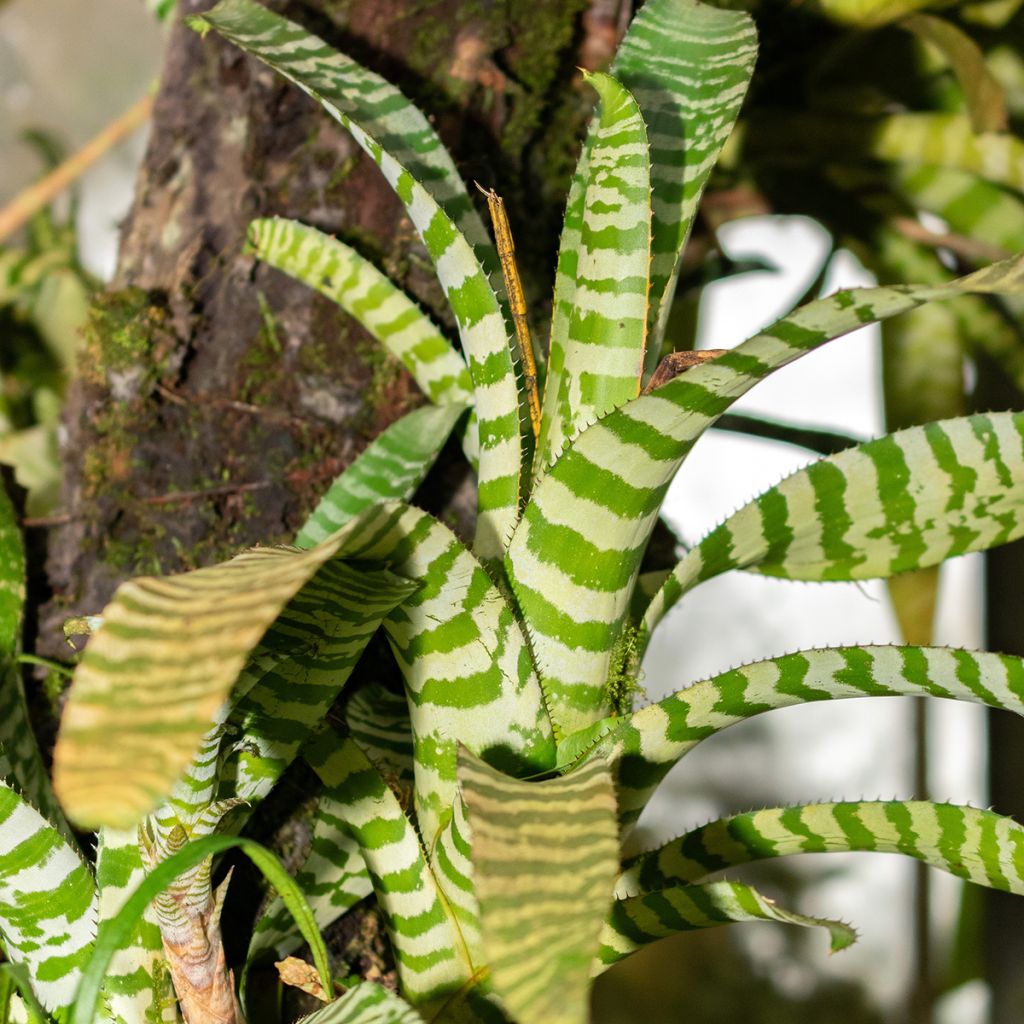

Aechmea chantinii Rebecca
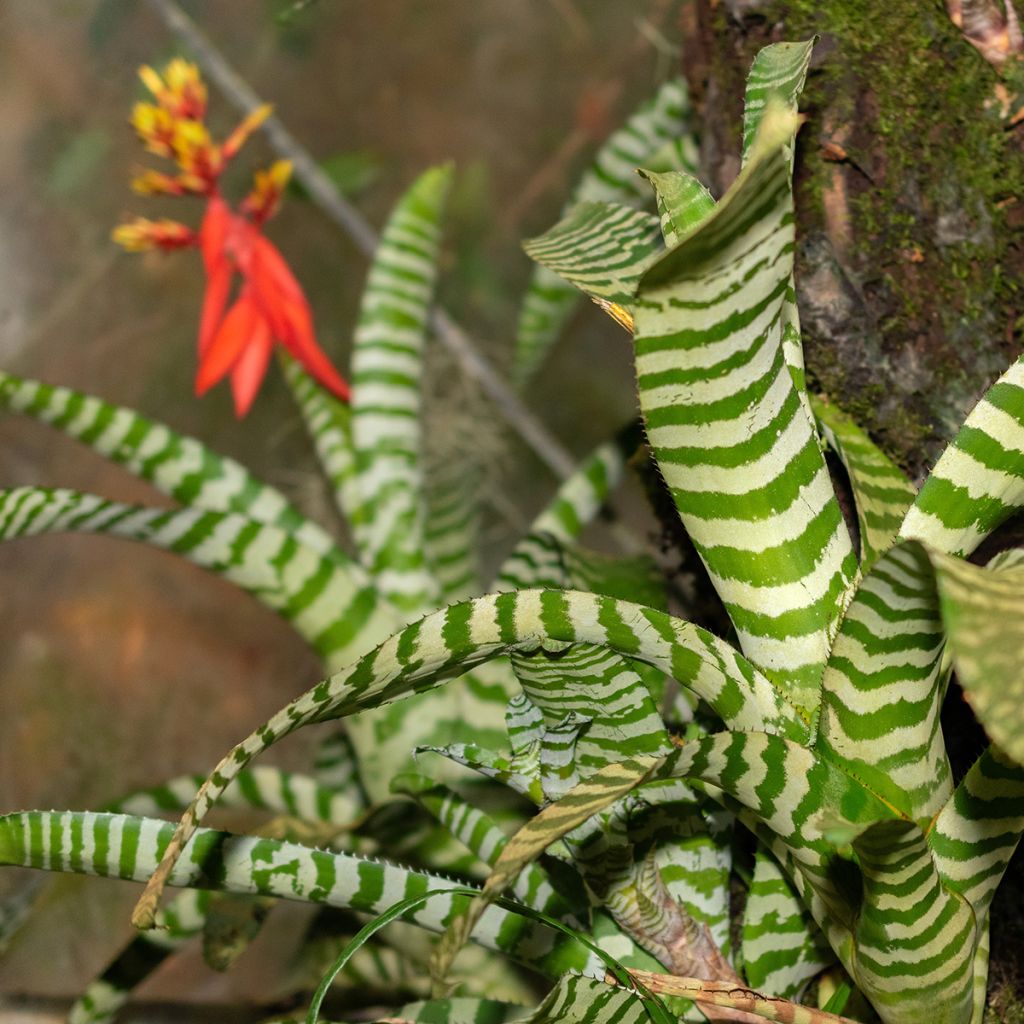

Aechmea chantinii Rebecca
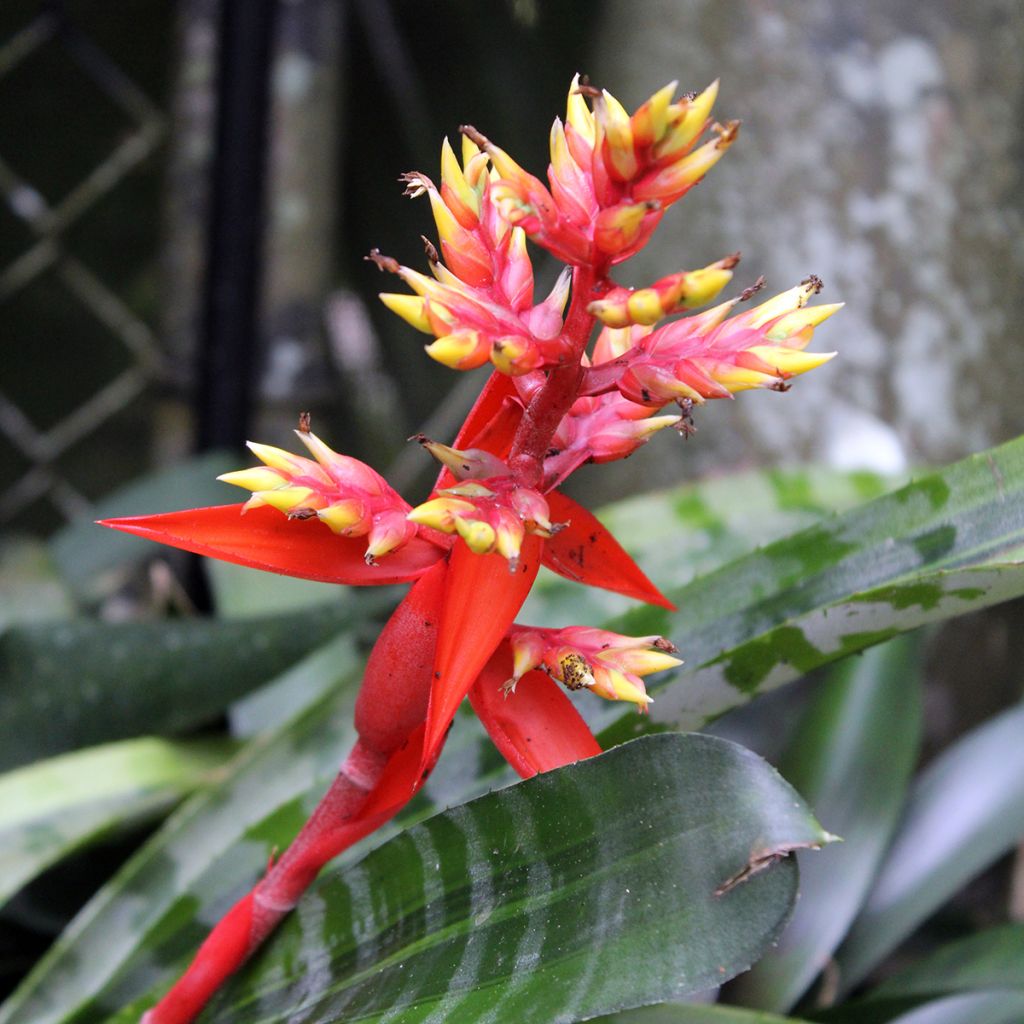

Aechmea chantinii Rebecca
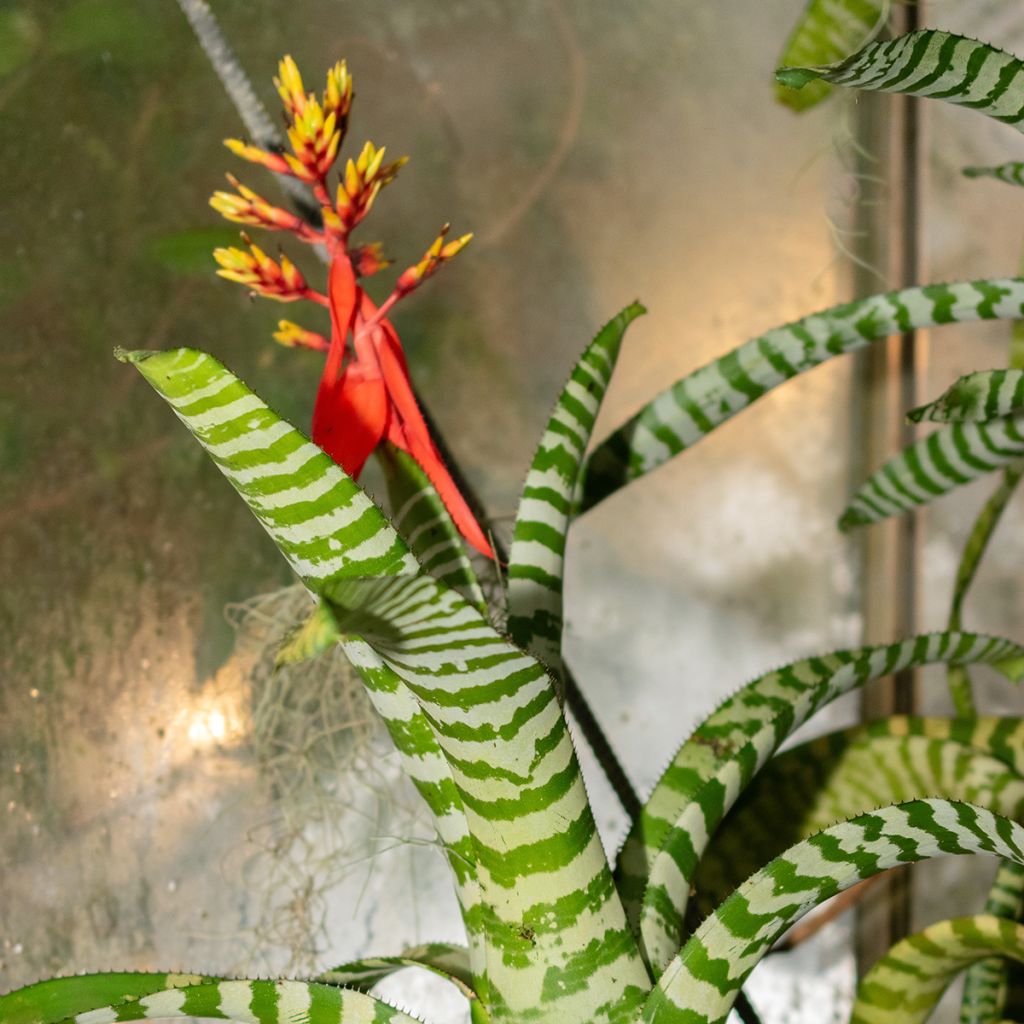

Aechmea chantinii Rebecca
Aechmea chantinii Rebecca
Aechmea chantinii Rebecca
Special offer!
Receive a €20 voucher for any order over €90 (excluding delivery costs, credit notes, and plastic-free options)!
1- Add your favorite plants to your cart.
2- Once you have reached €90, confirm your order (you can even choose the delivery date!).
3- As soon as your order is shipped, you will receive an email containing your voucher code, valid for 3 months (90 days).
Your voucher is unique and can only be used once, for any order with a minimum value of €20, excluding delivery costs.
Can be combined with other current offers, non-divisible and non-refundable.
Why not try an alternative variety in stock?
View all →This plant carries a 30 days recovery warranty
More information
We guarantee the quality of our plants for a full growing cycle, and will replace at our expense any plant that fails to recover under normal climatic and planting conditions.
Description
The Aechmea 'Rebecca', sometimes nicknamed the "Amazon zebra plant", is a houseplant that captivates with its striped foliage and spectacular flowering. Its rigid leaves, adorned with broad silver bands, form an elegant, spreading rosette, while its flower spike reveals orange-red bracts from which yellow and red flowers emerge. This bromeliad is ideal for adding a strong tropical touch to your interior. The rosette dies after flowering, but not before producing one or several offsets to ensure its continuity.
The Aechmea 'Rebecca' is a perennial epiphytic plant belonging to the Bromeliaceae family. This cultivar is derived from the species Aechmea chantinii. Botanical synonyms for this species include Billbergia chantinii and Platyaechmea chantinii. The Aechmea 'Rebecca' has slow growth, reaching approximately 45 cm in height and width at maturity. It develops in a spreading rosette, forming a vase-like structure that holds water at its centre. Its leaves are leathery, arching, dark green with broad silver transverse bands; each measures up to 60 cm in length, with a margin lined with spiny teeth. Flowering, which usually occurs in summer, appears on a mature rosette after a few years. It takes the form of a flower spike emerging from the centre of the rosette. The inflorescence consists of trailing orange-red bracts, from which red and yellow flowers emerge. The Aechmea flowers only once in its lifetime; after flowering, the mother plant gradually dies but produces offsets at its base, ensuring its reproduction.
The genus Aechmea includes over 170 species native to the tropical forests of Central and South America, particularly Brazil, Ecuador, and Peru. These epiphytic plants grow naturally on trees, feeding on decomposing organic matter and absorbing ambient moisture. They are particularly prized for their striking foliage and long-lasting decorative flowering.
As a houseplant, the Aechmea 'Rebecca' prefers bright light without direct sun. Partial shade can also work, but insufficient light may slow its growth and compromise flowering. The plant enjoys moderate atmospheric humidity and tolerates the fairly dry air of our homes; however, a relative humidity of 60–80% is ideal. Optimal temperatures range between 15 and 21°C, avoiding cold draughts and sudden temperature fluctuations. It is recommended to keep the substrate slightly moist, water regularly by filling the centre of the rosette with non-calcareous water, and occasionally mist the foliage to recreate the humid conditions of its natural habitat.
The Aechmea 'Rebecca' will become a centrepiece in your home. It fits perfectly in a bright living room, conservatory, or even a well-lit bathroom, where natural humidity will benefit it greatly. Place it on a coffee table or pedestal to showcase it. This plant pairs wonderfully with modern, exotic, or bohemian décor. Display it in a "Belle Époque" glazed pot, a ceramic, wicker, or metal planter for a chic contrast. On a small tray, you can pair it with the Guzmania 'Akabar' and the Vriesea 'Favoriet', for example.
Report an error about the product description
Aechmea chantinii Rebecca in pictures




Foliage
Plant habit
Flowering
Botanical data
Aechmea
chantinii
Rebecca
Bromeliaceae
Cultivar or hybrid
Safety measures
Location
Location
Maintenance and care
Watering tips
Potting advice, substrates and fertilisers
Houseplant care
Disease and pest advice
Maintenance and care
This item has not been reviewed yet - be the first to leave a review about it.
Haven't found what you were looking for?
Hardiness is the lowest winter temperature a plant can endure without suffering serious damage or even dying. However, hardiness is affected by location (a sheltered area, such as a patio), protection (winter cover) and soil type (hardiness is improved by well-drained soil).

Photo Sharing Terms & Conditions
In order to encourage gardeners to interact and share their experiences, Promesse de fleurs offers various media enabling content to be uploaded onto its Site - in particular via the ‘Photo sharing’ module.
The User agrees to refrain from:
- Posting any content that is illegal, prejudicial, insulting, racist, inciteful to hatred, revisionist, contrary to public decency, that infringes on privacy or on the privacy rights of third parties, in particular the publicity rights of persons and goods, intellectual property rights, or the right to privacy.
- Submitting content on behalf of a third party;
- Impersonate the identity of a third party and/or publish any personal information about a third party;
In general, the User undertakes to refrain from any unethical behaviour.
All Content (in particular text, comments, files, images, photos, videos, creative works, etc.), which may be subject to property or intellectual property rights, image or other private rights, shall remain the property of the User, subject to the limited rights granted by the terms of the licence granted by Promesse de fleurs as stated below. Users are at liberty to publish or not to publish such Content on the Site, notably via the ‘Photo Sharing’ facility, and accept that this Content shall be made public and freely accessible, notably on the Internet.
Users further acknowledge, undertake to have ,and guarantee that they hold all necessary rights and permissions to publish such material on the Site, in particular with regard to the legislation in force pertaining to any privacy, property, intellectual property, image, or contractual rights, or rights of any other nature. By publishing such Content on the Site, Users acknowledge accepting full liability as publishers of the Content within the meaning of the law, and grant Promesse de fleurs, free of charge, an inclusive, worldwide licence for the said Content for the entire duration of its publication, including all reproduction, representation, up/downloading, displaying, performing, transmission, and storage rights.
Users also grant permission for their name to be linked to the Content and accept that this link may not always be made available.
By engaging in posting material, Users consent to their Content becoming automatically accessible on the Internet, in particular on other sites and/or blogs and/or web pages of the Promesse de fleurs site, including in particular social pages and the Promesse de fleurs catalogue.
Users may secure the removal of entrusted content free of charge by issuing a simple request via our contact form.
The flowering period indicated on our website applies to countries and regions located in USDA zone 8 (France, the United Kingdom, Ireland, the Netherlands, etc.)
It will vary according to where you live:
- In zones 9 to 10 (Italy, Spain, Greece, etc.), flowering will occur about 2 to 4 weeks earlier.
- In zones 6 to 7 (Germany, Poland, Slovenia, and lower mountainous regions), flowering will be delayed by 2 to 3 weeks.
- In zone 5 (Central Europe, Scandinavia), blooming will be delayed by 3 to 5 weeks.
In temperate climates, pruning of spring-flowering shrubs (forsythia, spireas, etc.) should be done just after flowering.
Pruning of summer-flowering shrubs (Indian Lilac, Perovskia, etc.) can be done in winter or spring.
In cold regions as well as with frost-sensitive plants, avoid pruning too early when severe frosts may still occur.
The planting period indicated on our website applies to countries and regions located in USDA zone 8 (France, United Kingdom, Ireland, Netherlands).
It will vary according to where you live:
- In Mediterranean zones (Marseille, Madrid, Milan, etc.), autumn and winter are the best planting periods.
- In continental zones (Strasbourg, Munich, Vienna, etc.), delay planting by 2 to 3 weeks in spring and bring it forward by 2 to 4 weeks in autumn.
- In mountainous regions (the Alps, Pyrenees, Carpathians, etc.), it is best to plant in late spring (May-June) or late summer (August-September).
The harvesting period indicated on our website applies to countries and regions in USDA zone 8 (France, England, Ireland, the Netherlands).
In colder areas (Scandinavia, Poland, Austria...) fruit and vegetable harvests are likely to be delayed by 3-4 weeks.
In warmer areas (Italy, Spain, Greece, etc.), harvesting will probably take place earlier, depending on weather conditions.
The sowing periods indicated on our website apply to countries and regions within USDA Zone 8 (France, UK, Ireland, Netherlands).
In colder areas (Scandinavia, Poland, Austria...), delay any outdoor sowing by 3-4 weeks, or sow under glass.
In warmer climes (Italy, Spain, Greece, etc.), bring outdoor sowing forward by a few weeks.






























